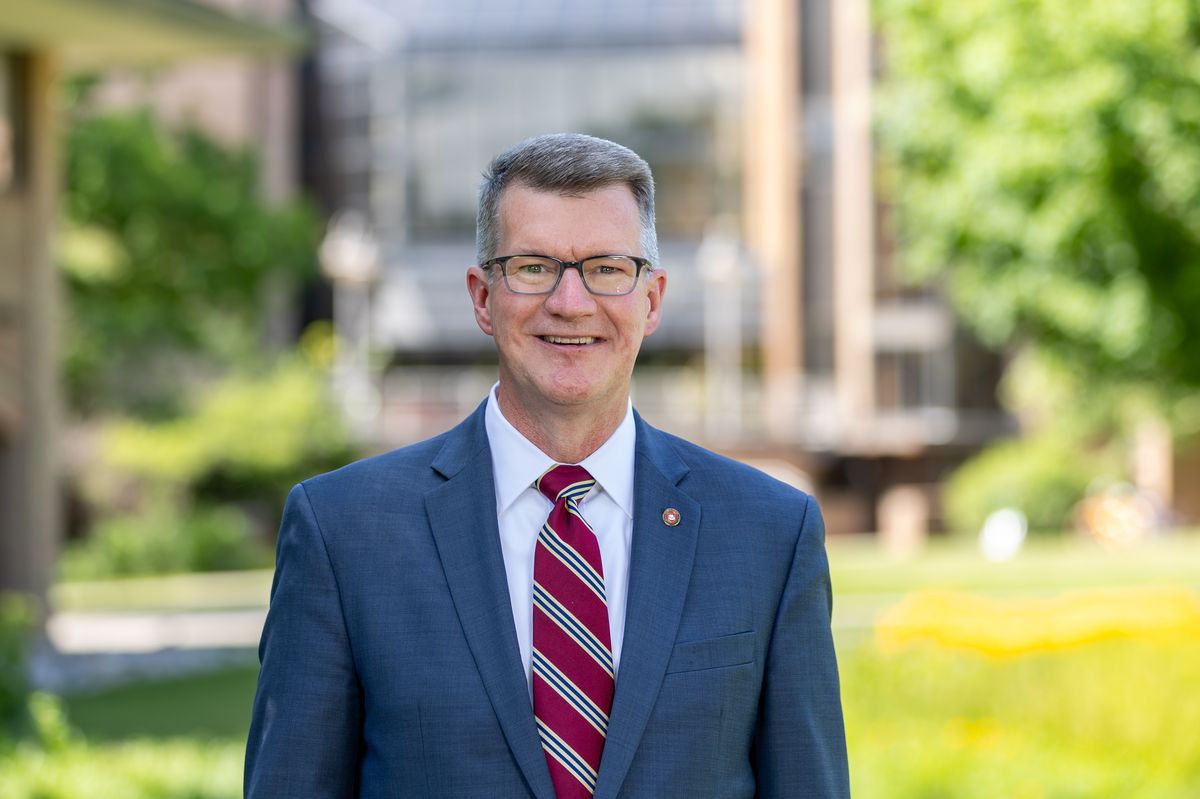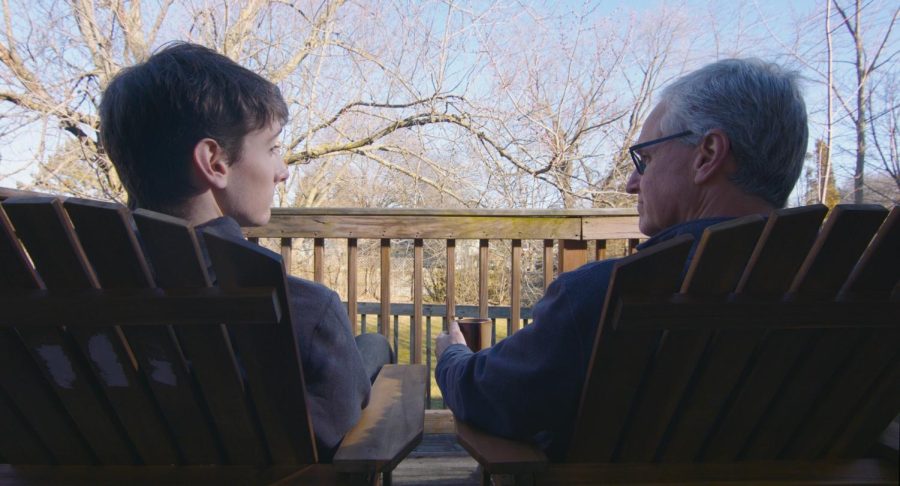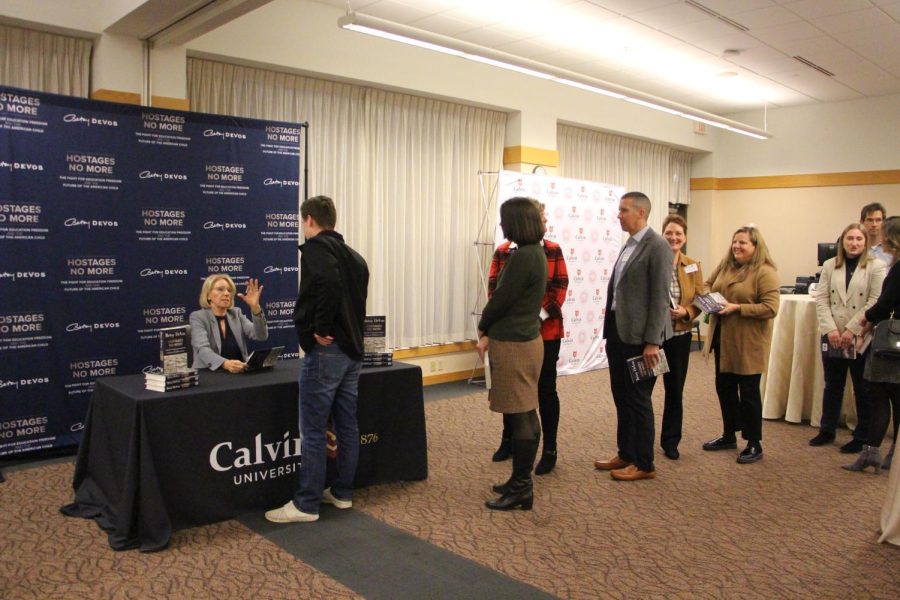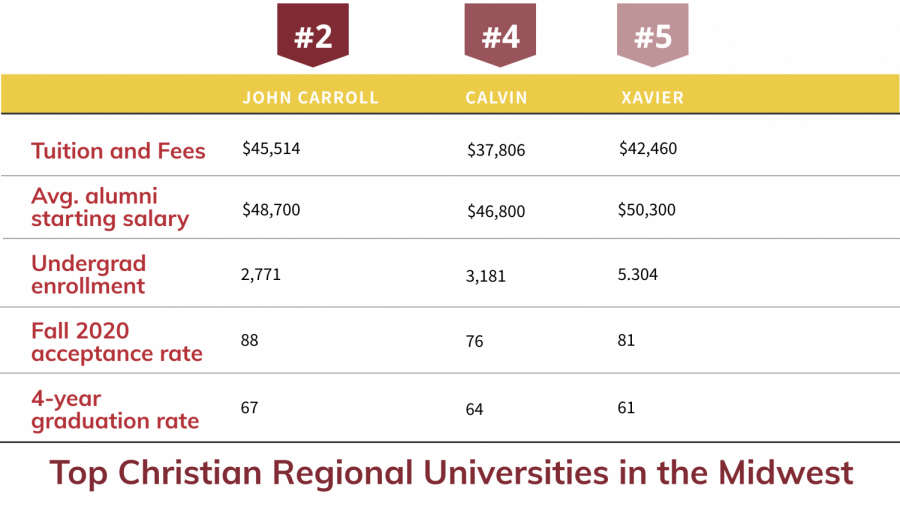Despite recent concerns — published in this very paper — about ongoing budget cuts, Calvin’s art, literature and culture magazine Dialogue has published a significant new issue. In collaboration with C/O Exist, Calvin’s Middle Eastern art and culture festival, and several contributing writers, the new issue was feted with a release party on Nov. 7, including a featured musical guest named Joshua Davis. Davis, who was visiting Calvin for the second time, is a Jewish American singer-songwriter who entertained the audience with stories and songs inspired by his adventures running across Palestine, which are recounted in the documentary “The People and the Olive.”
The issue itself is no less considerable than the release event. Acting as a survey of current Middle Eastern issues, it collects articles from several professors and students both past and present. Before opening the issue, however, the reader is confronted with the beautiful hand-drawn cover by Anna Hanchett, a tribute to the floral and geometric complexity of much Middle Eastern art. Her work also adorns the table of contents and a few other places inside the publication.
Several of the articles in this issue of Dialogue cover the ongoing conflict in Syria. A map from the Humanitarian Information Unit (HIU) helps contextualize the issue with relevant facts and figures. For instance, by April of this year, there were over 1.4 million Syrian refugees, displaced because of the fighting. Most of these have settled into what are benignly named “refugee camps” in Jordan, Iraq, Lebanon and Turkey, with some also displaced into Egypt and North Africa.
Political science professor Joel Westra’s contribution, “Summary on Syrian Panel,” presents a less optimistic picture of the current state and future of the conflict, which in the media has been dominated by the negotiated settlement to dismantle Syria’s chemical weapons arsenal. Though that settlement averted American armed intervention, it has done nothing to alleviate the conditions of normal Syrians. In some detail, Westra explains the reason why chemical weapons seem to have excited such an agitated response from the world while the deaths of 100,000 did not.
History professor Dr. Bert de Vries picks up from Westra’s more theoretical essay with an “on-the-ground” perspective of the refugee camps themselves. Because he does archaeological work near a major concentration of Syrian refugees in Jordan, he has become more directly involved in the lives of several of those displaced. His master stone mason borrowed money to bring his family across the border and escape the violence in Syria, and de Vries and others have continued to raise funds to support them in their displacement. The magazine also features photographs of the family as well as glimpses of a United Nations-run encampment.
As the issue continues, the focus shifts to more meditative and persona pieces, including recipes for Middle Eastern food, a photograph of Istanbul taken by Joel Bulthuis, Mariano Avila’s narrative piece on a journey through Palestine and an essay by Josh Lee on the revolution and continuing tumult in Cairo.
The final piece, composed by religious professor David Crump, offers us a reminder that, as its title explains, “Peace Alone is not the Answer.” Exhorting us to support the cause of true justice for the Palestinian people rather than an “unjust peace,” he offers a twist on the C/O Exist theme of mutual coexistence and enrichment. Indeed, without justice, the future in the Middle East is bleak indeed. However, this issue of Dialogue hopefully goes some small way toward enlightening and even angering students, educating them of our culture and the Middle East’s interconnections. This allows them to better appreciate the beauty and the troubles of this region in which their lives are deeply involved.







